There have been several cases over the past few years that proved how unstable the distribution of disaster relief funds can be when not managed properly. To this end, non-profit Oxfam is working on a new project intended to use blockchain and cryptocurrency to address this concern. A test was recently conducted to see the effectiveness of such measures when providing disaster relief using Dai and Ethereum.
The project is the result of a partnership that involves Oxfam, tech firm Sempo, and ConsenSys, which will handle the blockchain aspect of the initiative, Cointelegraph reports. Together, they launched “UnBlocked Cash,” which is intended to place money directly in the hands of the victims of disasters.
Using 200 residents in the country of Vanuatu, participants were given smartphones and Dai coins worth $50. The stable coin is using Ethereum credit and the goal is to make sure that the money that is being sent to them will actually be received by the right people. Nick Williams, co-founder of Sempo proudly noted that this project was a first of its kind.
“For the first time ever, thanks to the use of a stablecoin, we now have end-to-end transparency, ensuring that the people who receive funds are the ones that need it. It’s a game changer for Oxfam that ultimately makes our work easier and more effective,” Williams said.
On top of the transparency that this project could entail, it also offers the advantage of response speed, Coindesk notes. The traditional method of receiving aid from donors involved too many red tapes and hurdles. Using cryptocurrency and blockchain removed many of these obstacles so that the money being sent to the victims of disasters will actually arrive when they need it. Instead of taking weeks or even months, disaster relief could arrive in days or even hours.






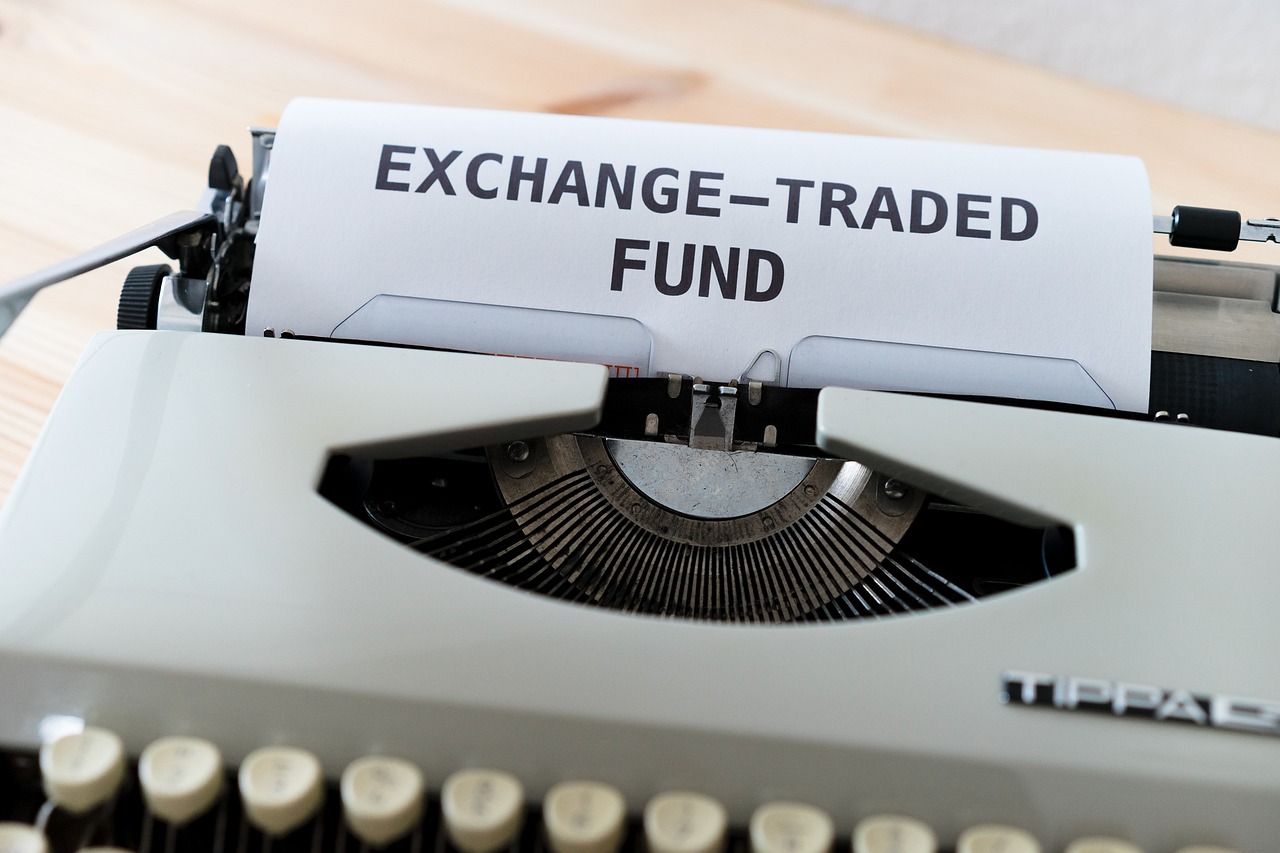

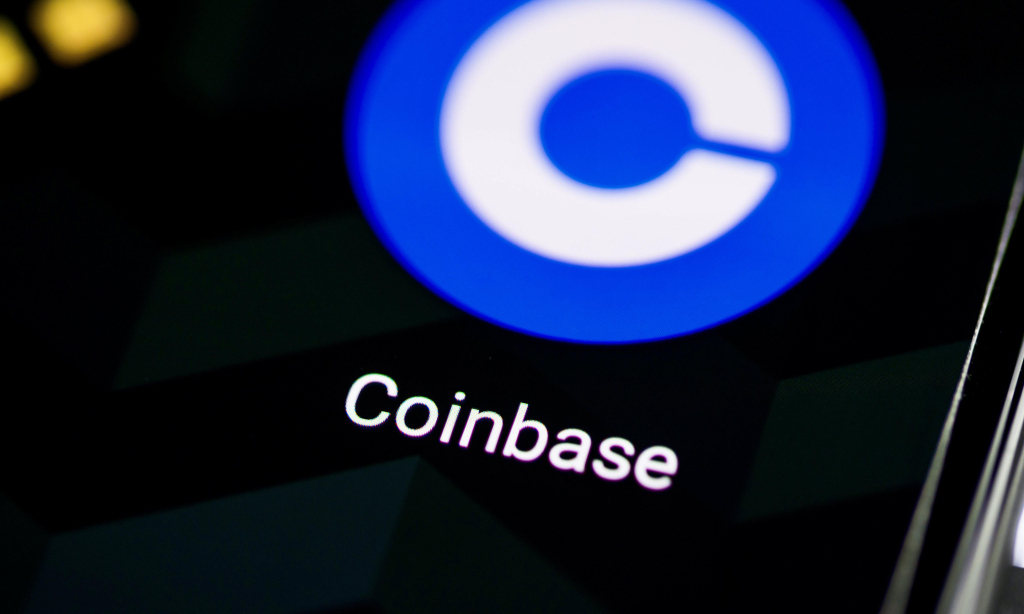




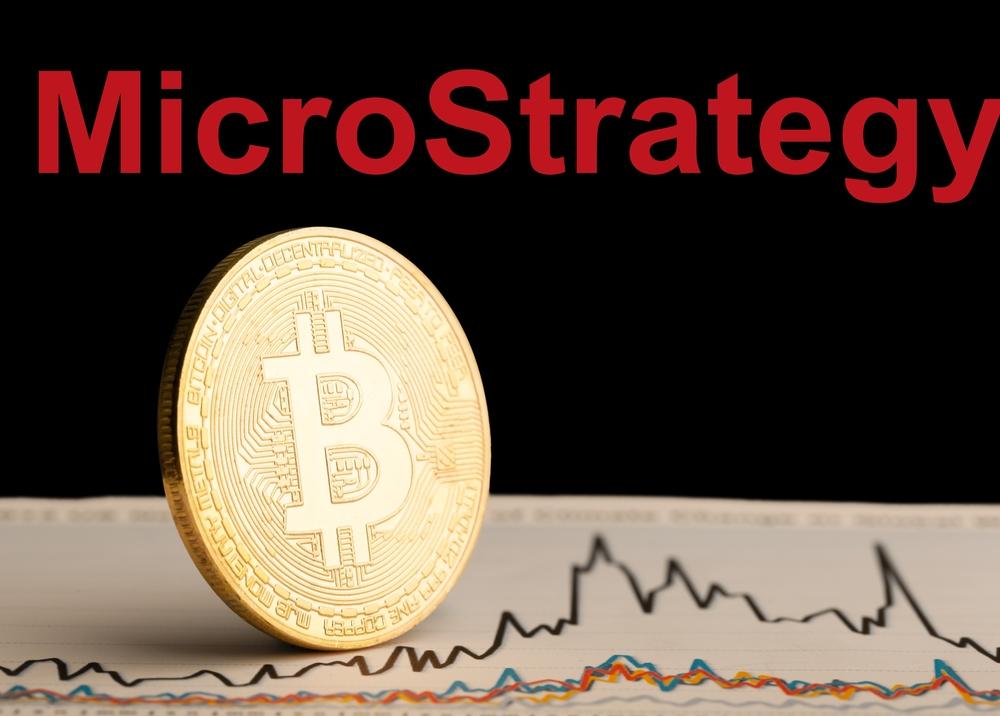

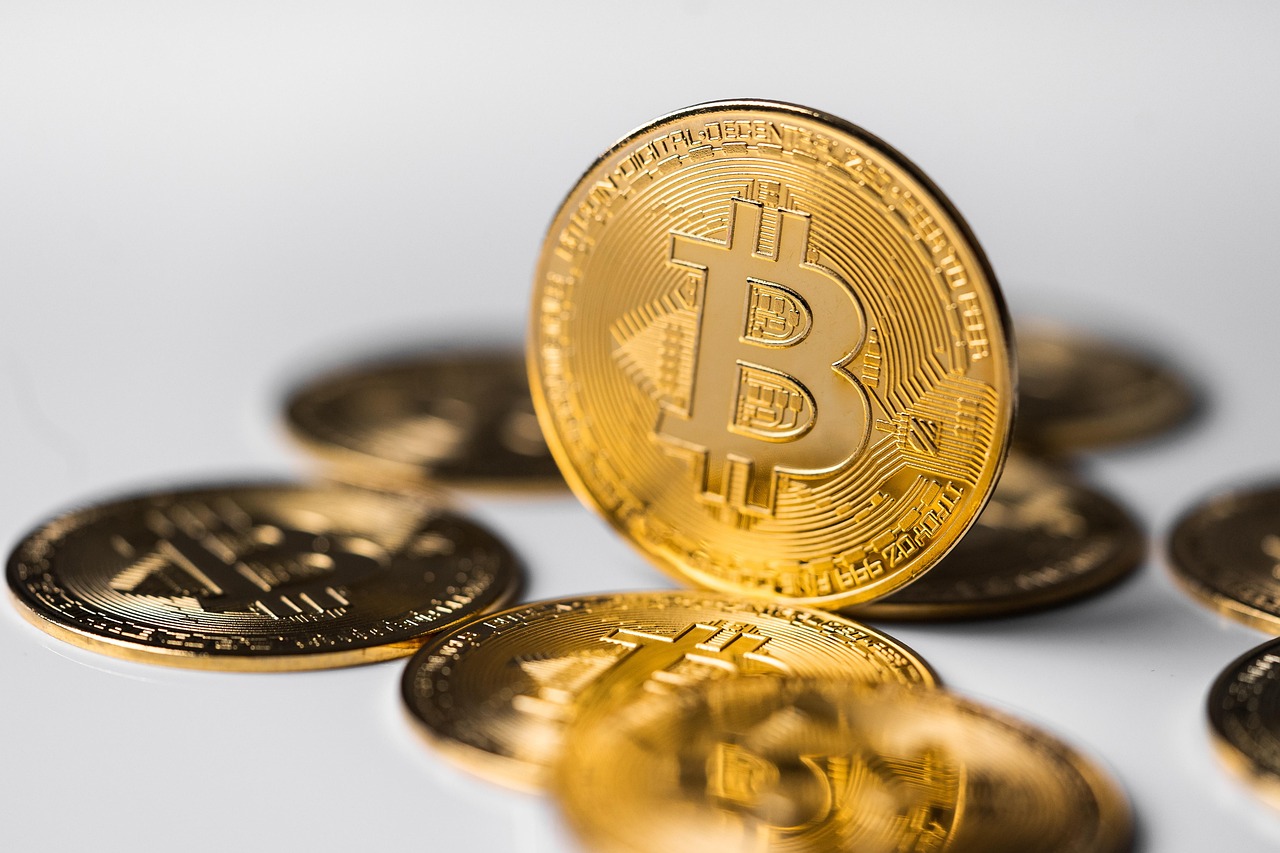


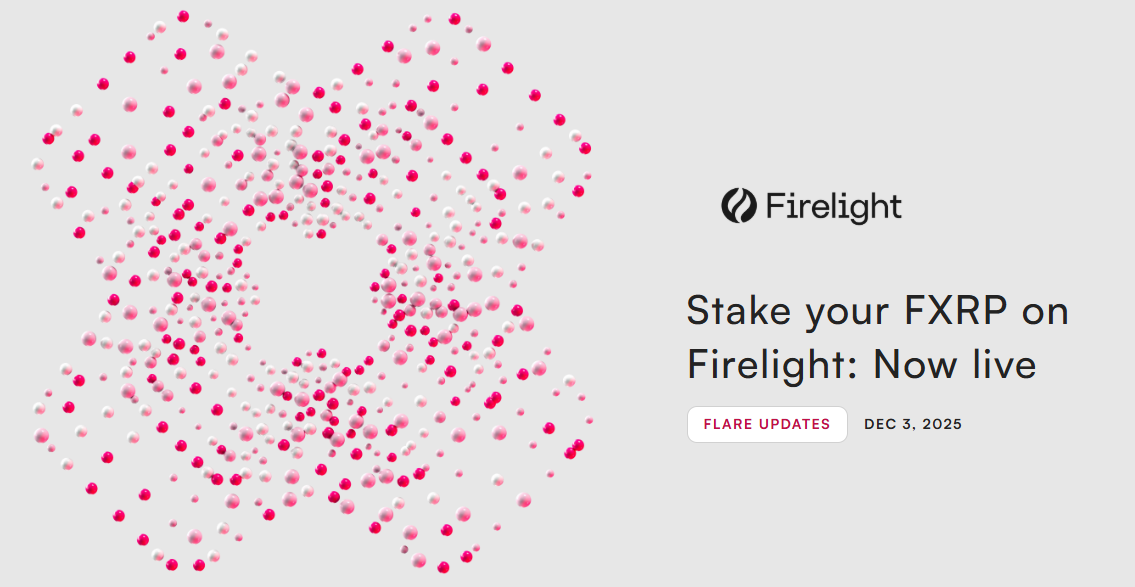






Comment 2